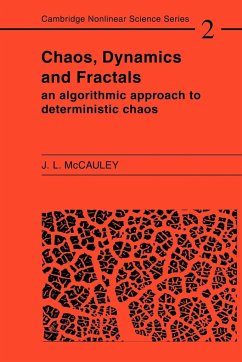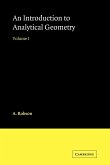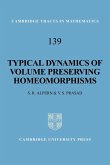This book develops deterministic chaos and fractals from the standpoint of iterated maps, but the method of analysis and choice of emphasis make it very different from all other books in the field. It is written to provide the reader with an introduction to more recent developments, such as weak universality, multifractals, and shadowing, as well as to older subjects like universal critical exponents, devil's staircases and the Farey tree. The book is written especially for those who want clear answers to the following sorts of question: How can a deterministic trajectory be unpredictable? How can one compute nonperiodic chaotic trajectories with controlled precision? Can a deterministic trajectory be random? What are multifractals and where do they come from? What is turbulence and what has it to do with chaos and multifractals? And, finally, why is it not merely convenient, but also necessary, to study classes of iterated maps instead of differential equations when one wants predictions that are applicable to computation and experiment? Throughout the book the author uses a fully discrete method, a 'theoretical computer arithmetic', because finite (but not fixed) precision is a fact of life that cannot be avoided in computation or in experiment. This approach leads to a more general formulation in terms of symbolic dynamics and to the idea of weak universality. The author explains why continuum analysis, computer simulations, and experiments form three entirely distinct approaches to chaos theory. In the end, the connection is made with Turing's ideas of computable numbers and it is explained why the continuum approach leads to predictions that are not necessarily realized incomputations or in nature, whereas the discrete approach yields all possible histograms that can be observed or computed. This algorithmic approach to chaos, dynamics and fractals will be of great interest to graduate students, research workers and advanced undergraduates in physics, engineering and other sciences with an interest in nonlinear science.
Hinweis: Dieser Artikel kann nur an eine deutsche Lieferadresse ausgeliefert werden.
Hinweis: Dieser Artikel kann nur an eine deutsche Lieferadresse ausgeliefert werden.








